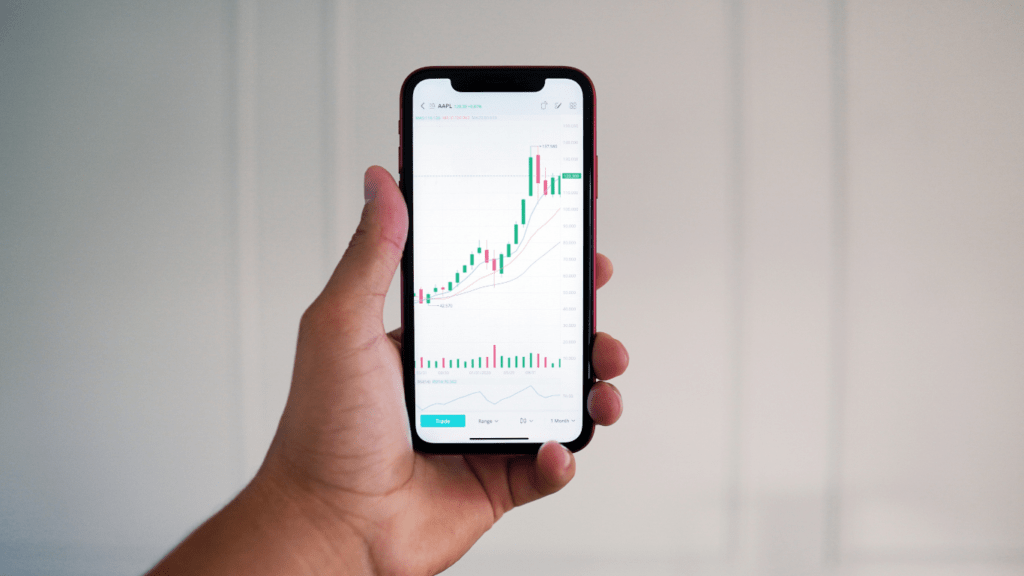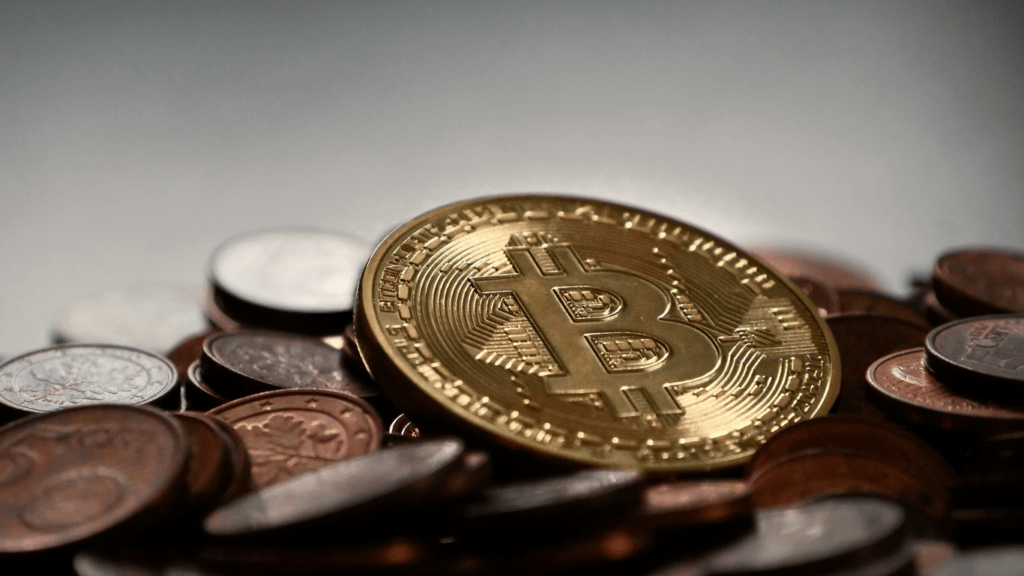In the fast-evolving world of cryptocurrencies, a new player has emerged to challenge the dominance of centralized cryptos – decentralized stablecoins. As an avid follower of the crypto space, I’ve witnessed the growing popularity and disruptive potential of these innovative digital assets.
Decentralized stablecoins are reshaping the landscape by offering a more transparent, secure, and decentralized alternative to the traditional centralized cryptocurrencies. With my finger on the pulse of the latest trends in the crypto market, I’ve delved deep into the mechanisms behind decentralized stablecoins and their impact on the broader ecosystem.
Join me as I explore how these decentralized digital currencies are revolutionizing the way we perceive and interact with value transfer in the digital age.
The Rise of Decentralized Stablecoins
Decentralized stablecoins have witnessed a remarkable surge in popularity, signaling a significant shift in the cryptocurrency landscape. These innovative digital assets are reshaping traditional notions of value transfer and challenging the status quo of centralized cryptocurrencies.
As an avid follower of the crypto industry, I’m intrigued by the disruptive potential that decentralized stablecoins bring to the table. These emerging digital assets offer a compelling alternative to their centralized counterparts, providing users with increased transparency, security, and autonomy in their financial transactions.
With decentralized stablecoins gaining traction, they are poised to revolutionize how value is exchanged and stored in the digital realm. The growing adoption of decentralized stablecoins underscores a broader trend towards decentralization in the cryptocurrency ecosystem.
By leveraging blockchain technology and smart contracts, these digital assets offer a more efficient and decentralized means of transferring value, reducing the reliance on centralized intermediaries.
As I delve deeper into the world of decentralized stablecoins, I’m excited to explore their mechanics and the transformative impact they are poised to have on the broader cryptocurrency landscape. Stay tuned as we unravel the intricacies of decentralized stablecoins and their role in shaping the future of finance in the digital age.
Differences Between Decentralized Stablecoins and Centralized Cryptos
In comparing decentralized stablecoins and centralized cryptos, it’s essential to underscore key distinctions that shape their functionalities and appeal in the cryptocurrency landscape.
Control and Governance
Decentralized stablecoins operate on a peer-to-peer network, where transactions are validated by a distributed community, promoting transparency and eliminating single points of failure. In contrast, centralized cryptos are overseen by a controlling entity, often a company or organization, which can influence the digital asset’s value and governance decisions.
Stability Mechanisms
Decentralized stablecoins maintain their stability through algorithms and collateral, ensuring a consistent value pegged to a fiat currency or commodity. On the other hand, centralized cryptos may rely on reserve assets or monetary policies set by a central authority to stabilize their value, introducing potential risks associated with centralization and regulatory intervention.
Market Adoption and Impact
The adoption of decentralized stablecoins is growing as users seek reliable, transparent alternatives to centralized cryptocurrencies. These stablecoins offer increased autonomy and reduced reliance on central authorities, appealing to both individuals and businesses.
Their impact on the cryptocurrency ecosystem is significant, promoting transparency and security through decentralized networks. Stability mechanisms like algorithms and collateralization ensure stable value, making them a trusted medium of exchange. As more users recognize their benefits, decentralized stablecoins are reshaping the market and driving the shift toward a more decentralized financial system.
Challenges Faced by Decentralized Stablecoins
Exploring the realm of decentralized stablecoins unveils unique challenges that these digital assets encounter on their journey to redefine the cryptocurrency landscape.
- Regulatory Scrutiny: Regulatory bodies worldwide are closely monitoring the rise of decentralized stablecoins due to concerns about financial stability, money laundering, and consumer protection. Adhering to evolving regulatory frameworks while maintaining decentralization poses a delicate balancing act for these digital assets.
- Volatility Mitigation: Achieving and sustaining price stability against external market forces is a fundamental challenge for decentralized stablecoins. Unlike centralized cryptocurrencies backed by reserves or monetary policies, decentralized stablecoins rely on complex algorithms and collateralization to peg their value, requiring meticulous design to ensure stability.
- Governance Complexity: Decentralized governance models, while promoting autonomy and transparency, can present challenges in decision-making and consensus mechanisms. Balancing community governance with effective decision processes without compromising decentralization is a nuanced challenge faced by decentralized stablecoins.
- Scalability and Adoption: As decentralized stablecoins strive to gain broader acceptance and scalability, they encounter challenges related to network congestion, transaction speeds, and user adoption. Overcoming these hurdles is essential to enhance usability and drive widespread adoption in the digital asset ecosystem.
- Interoperability Integration: Ensuring seamless interoperability with existing financial infrastructures and other blockchain networks presents a significant challenge for decentralized stablecoins. Establishing cross-chain compatibility and integration protocols is crucial for expanding their utility and interoperability in the broader cryptocurrency market.
Navigating these challenges is essential for decentralized stablecoins to solidify their position as transformative entities in the evolving landscape of digital assets. Addressing regulatory concerns, enhancing stability mechanisms, refining governance structures, fostering scalability, and promoting interoperability are key focal points for overcoming obstacles and advancing the adoption of decentralized stablecoins.





